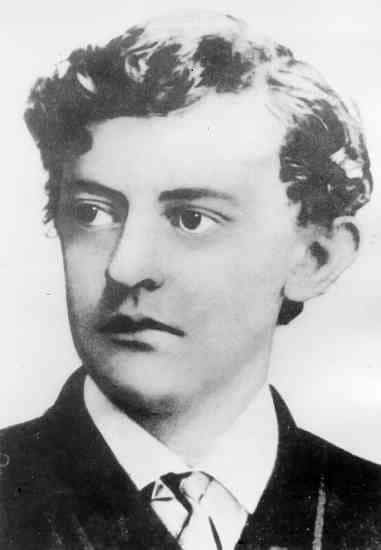
1870 - 1938
Ernst Barlach
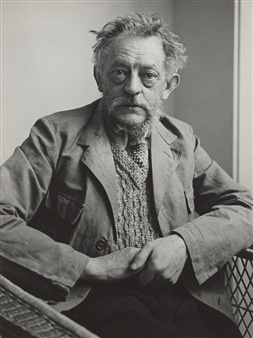
description
A German sculptor, engraver, graphic artist and playwright. The artist that engaged in figurative art is considered a prominent representative of late Expressionism, closely associated with traditional Gothic German Middle Ages.
From the 1910s, Barlach’s work gained a great publicist scope. He constantly appealed to the consciousness of mankind, striving to expose the severity and depth of the problems of modernity. Like Expressionism in general, his art is characterized by high spiritual and ethical ideals.
Bertolt Brecht, who called Barlach one of the greatest sculptors who have ever worked in the country, said about his works, “Beauty without embellishment. Greatness without moralizing. Harmony without gloss. The power of life without cruelty”.
In 1930-1931, to the 60th anniversary of the master, large exhibitions were held in German cities, in Essen, Venice, New York, Zurich, Paris. The fact of such widespread recognition did not stop the Nazis from harassing the artist, who became an “internal emigrant”. He continued to do things that were hated by the authorities and the fundamentalist public.
His plays were banned; his sculptures were removed from public collections and destroyed as “degenerate art”. The press wrote, “we hope that all traces of his terrifying works will be removed”; the sculptor was called only “anti-German” and “semi-idiot”. However, Barlach, having refused membership in the Academy of Arts, decided not to leave the country, upholding the right to free creation.
In the post-war period, Barlach museums were established in both German states in the city of Gustrow (GDR) and Hamburg (Germany). A separate museum building was erected near Gustrow, where about 400 sculptures, about two thousand sketches and manuscripts of the creator are stored. The Ernst Barlach Society still exists.
Key ideas:
– Art historians, comparing the plastic of E. Barlach with the works of the “classical” German expressionists from the Dresden group “Bridge” and the Munich “Blue Horseman”, find that both the creative method and the attitude of this master differ significantly towards greater realism of form and greater spirituality.
– The first series, which made Barlach famous in Germany, reflects following the canons of Art Nouveau – the masses are extremely generalized and fluid, the contours of the figures are smooth. However, works of this cycle, created after the artist’s trip to the Kharkiv region, have a special energy of feelings. This makes them monumental, although their size is several tens of centimeters. Peasants and beggars are depicted relaxed; they do not suffer. In general, these are bright images.
– In the 1910s, the logic of creative development forced Barlach to leave Art Nouveau and choose Expressionism. The problems of the ontological tragedy of life and the romantic existence of German antiquity (at that time Barlach traveled a lot around Germany) is the basis of his new art associated with Middle Ages.
– Gothic (experts agree with this Barlach’s determination) expressionism leads the sculptor’s manner to express the great dynamics of figures, affect in facial expressions. He fixed movements not just at their highest points, but at the most extreme. The folds of clothes and the design of the arms and legs are sharp and brittle. These features intensified after elderly Barlach, succumbing to universal patriotic excitement, enlisted in the infantry as a volunteer. After several months of serving in the army, he hated all the violence that “state patriotism” most often leads to.
1870
1891
1895
1906
1907
1909
1910
1915
1917
1924
1930
1937
1938
Ernst Barlach was born into the family of a provincial doctor
He entered the Academy of Arts of Dresden
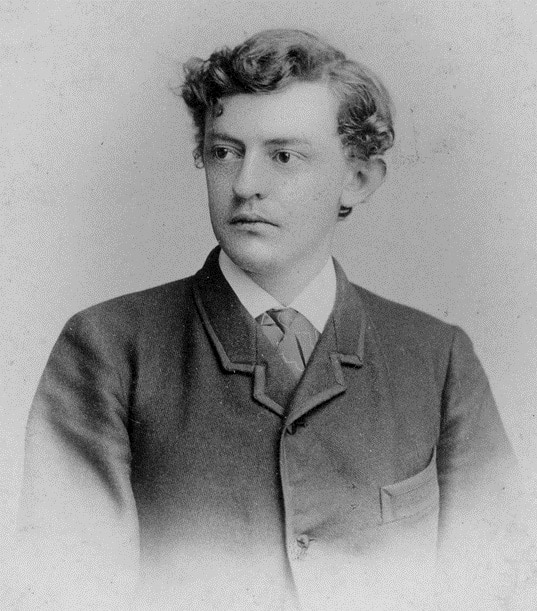
He studied at the private academy of Julien in Paris
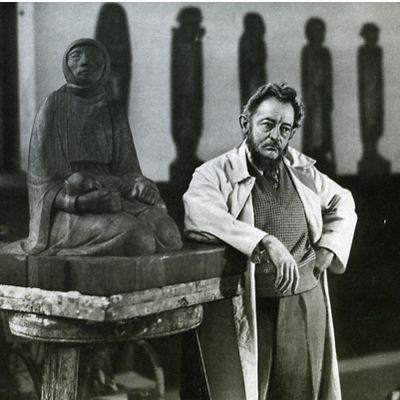
He went on a trip to the south of the Russian Empire
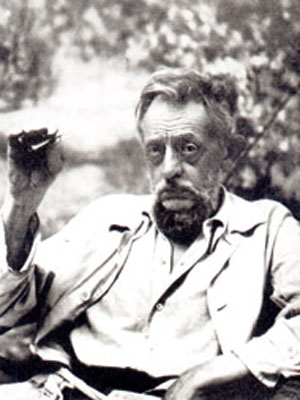
He became a member of the influential association of artists “Berlin Secession”
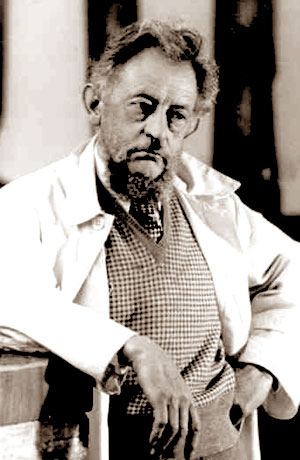
He worked in Florence
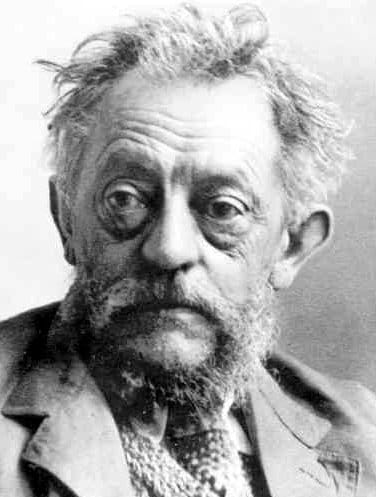
Settled in Gustrow

The middle-aged artist went to war

The solo exhibition

Received the prestigious Kleist Prize

The retrospective exhibitions were held in Berlin and Essen, Venice and New York, Zurich and Paris

The sculptor’s works were removed from churches, museums and public galleries

The death of the artist

